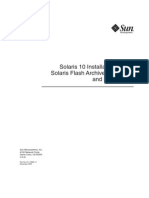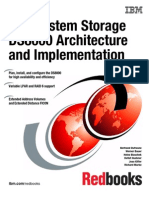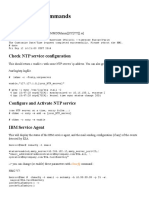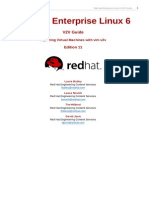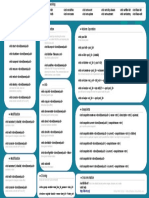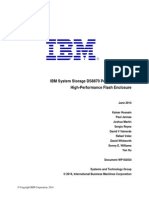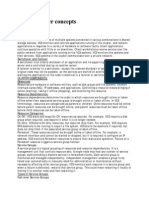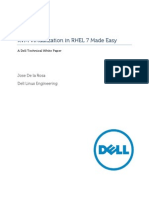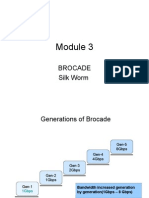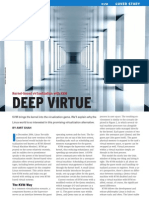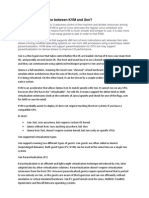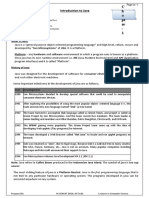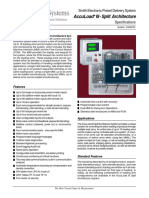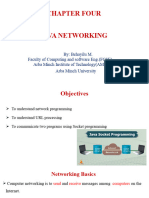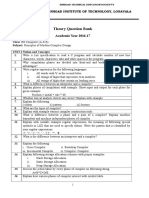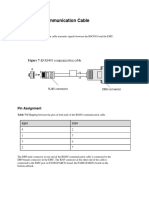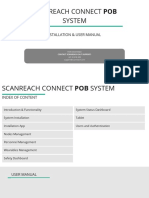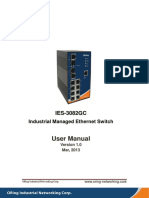0% found this document useful (0 votes)
202 views22 pagesKVM Architecture Overview
Device emulation
Guest: Request footer
Uploaded by
Girraj PrasadCopyright
© © All Rights Reserved
We take content rights seriously. If you suspect this is your content, claim it here.
Available Formats
Download as PDF, TXT or read online on Scribd
0% found this document useful (0 votes)
202 views22 pagesKVM Architecture Overview
Device emulation
Guest: Request footer
Uploaded by
Girraj PrasadCopyright
© © All Rights Reserved
We take content rights seriously. If you suspect this is your content, claim it here.
Available Formats
Download as PDF, TXT or read online on Scribd
/ 22
